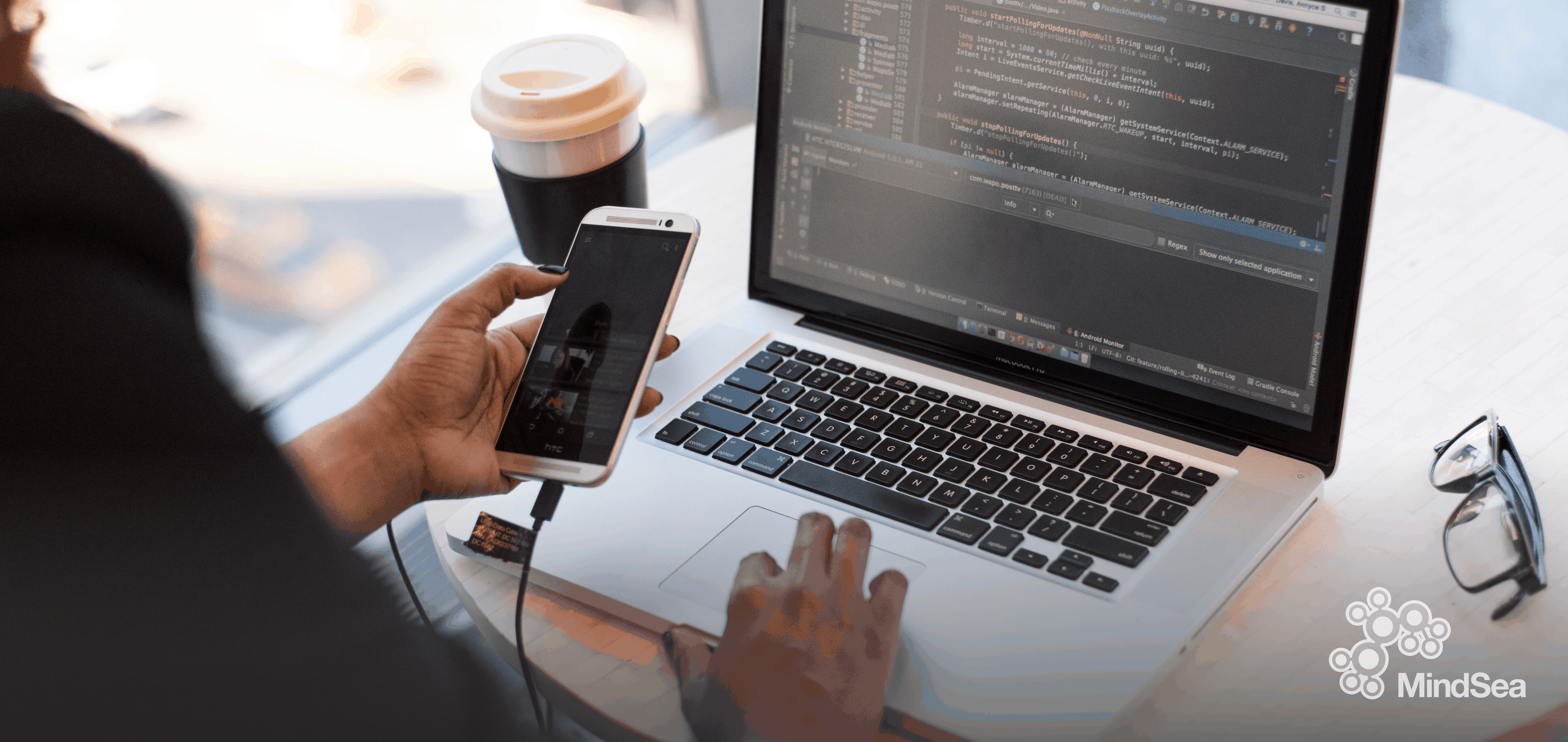The world today is more mobile-first than ever before.
Mobile phones are our source of entertainment, have simplified online ordering and delivery, allow us to work on the go, and, in times like this, have been our lifeline to the outside world.
When living in such a digital age, it seems obvious that we’d turn to digital solutions to respond to some of our toughest challenges.
Now, the question is, how can we use mobile as a catalyst to returning back to “normal” in the age of COVID-19?
The push for this answer has sprouted the introduction of contact tracing apps. These apps track a user’s location, habits and contact with other users of the app, most typically through GPS and/or Bluetooth.
In order for these apps to be an effective solution in response to the pandemic, there needs to be a high adoption rate. A group of British researchers suggests that an app of this nature would need, approximately, a 56 per cent adoption rate to be deemed effective.
While most people are growing frustrated with the state of the world, this does not mean these efforts should be rushed. In a situation like this, efficiency is important, but it should not jeopardize the quality of the app.
There’s only one chance to launch an app. And rushed launches lead to poor user outcomes.
Here are the three main issues caused by rushed launches that typically result in poor user adoption of these mobile solutions, and how you can avoid them:
Battery Life is Poor
Most people can relate to the modern struggle of trying to keep a mobile device from running out of battery.
The NHS finds that battery is a major factor in contact tracing app adoption. App developers need to take this into account during their builds.
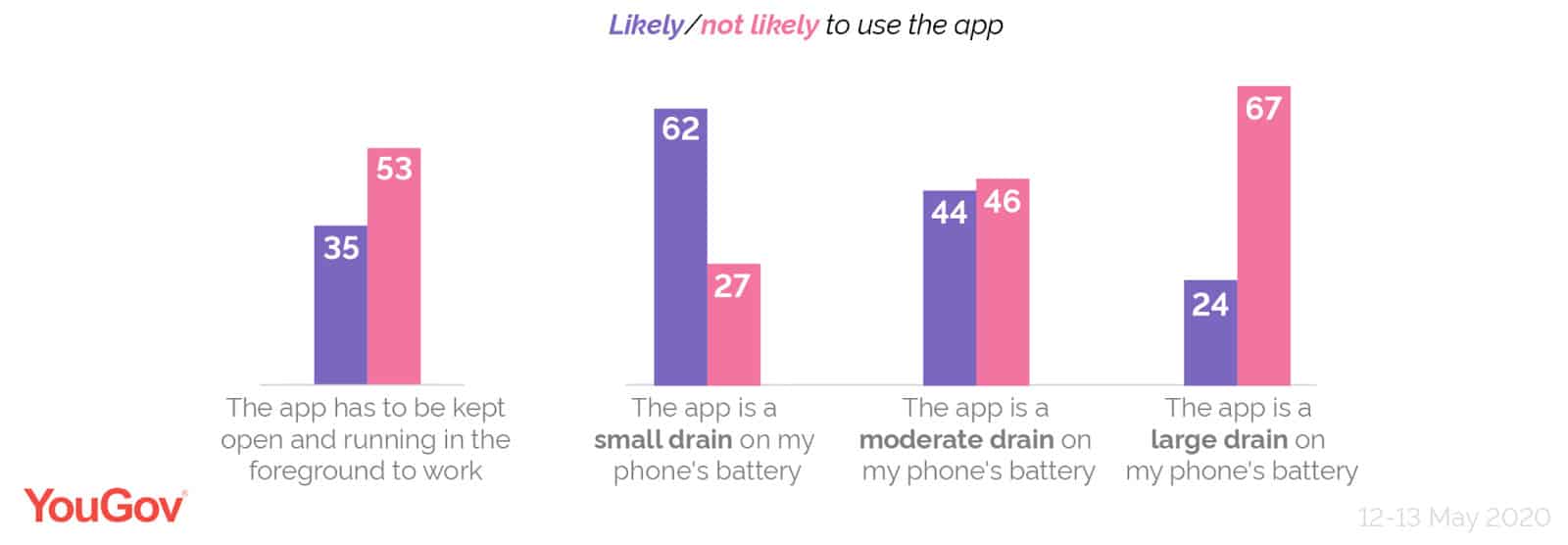
Many contact tracing apps, like Britain’s TraceTogether app, trace an individual’s actions and contact information via bluetooth, requiring the app to be continuously running in the background, searching for and transmitting data. This process soaks up battery life like a sponge.
A remedy proposed by neighboring countries, was to create an app that can “sleep” when an individual is by themself and then activate when the device picks up a transmission from a phone for a prolonged period of time. This would save on battery life. However, perfecting this capability is difficult, time intensive and may have an impact on effectiveness. It’s circumstances like these that emphasize the necessity of proper planning.
Apple and Google have announced that they’ve released APIs that allow interoperability across iOS and Android devices for health apps owners and developers. Their proposed solution involves a virtual “handshake” where a proprietary pin is exchanged between devices within range to recognize that the individuals have been in contact. Similar to Britain’s issue, however, this requires an app running in the background at all times. ‘
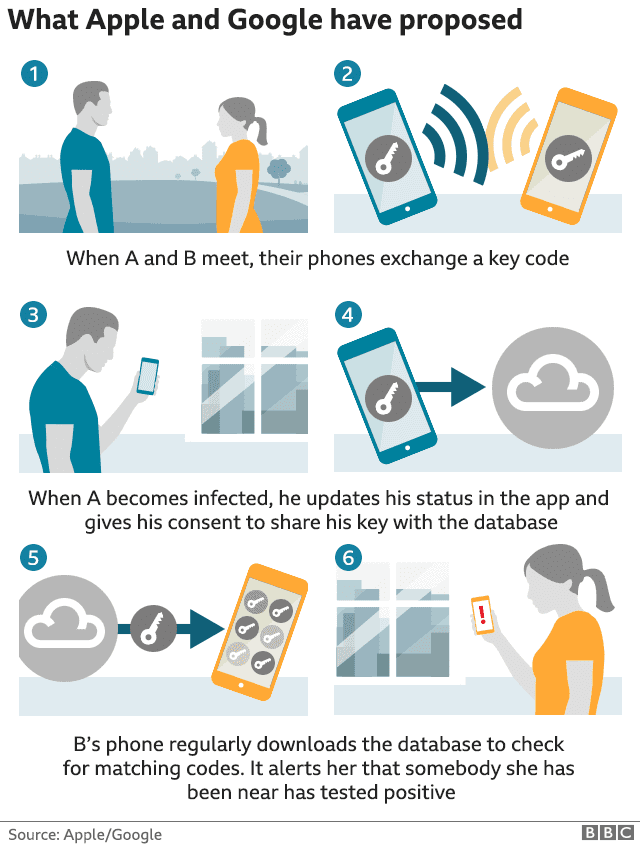
In light of these issues, the NHS has rejected the Apple-Google app plan for coronavirus, noting the drain on battery as being a glaring issue. This rejection has required many teams, working on similar apps, to go back to the drawing board.
Data Protection Is Not Properly Addressed
Data privacy has become a growing concern for consumers, and rightfully so.
Research by NHS shows that privacy is a top concern for prospective users when considering using a contact tracing app, with 86 percent of participants desiring that their information be anonymized.
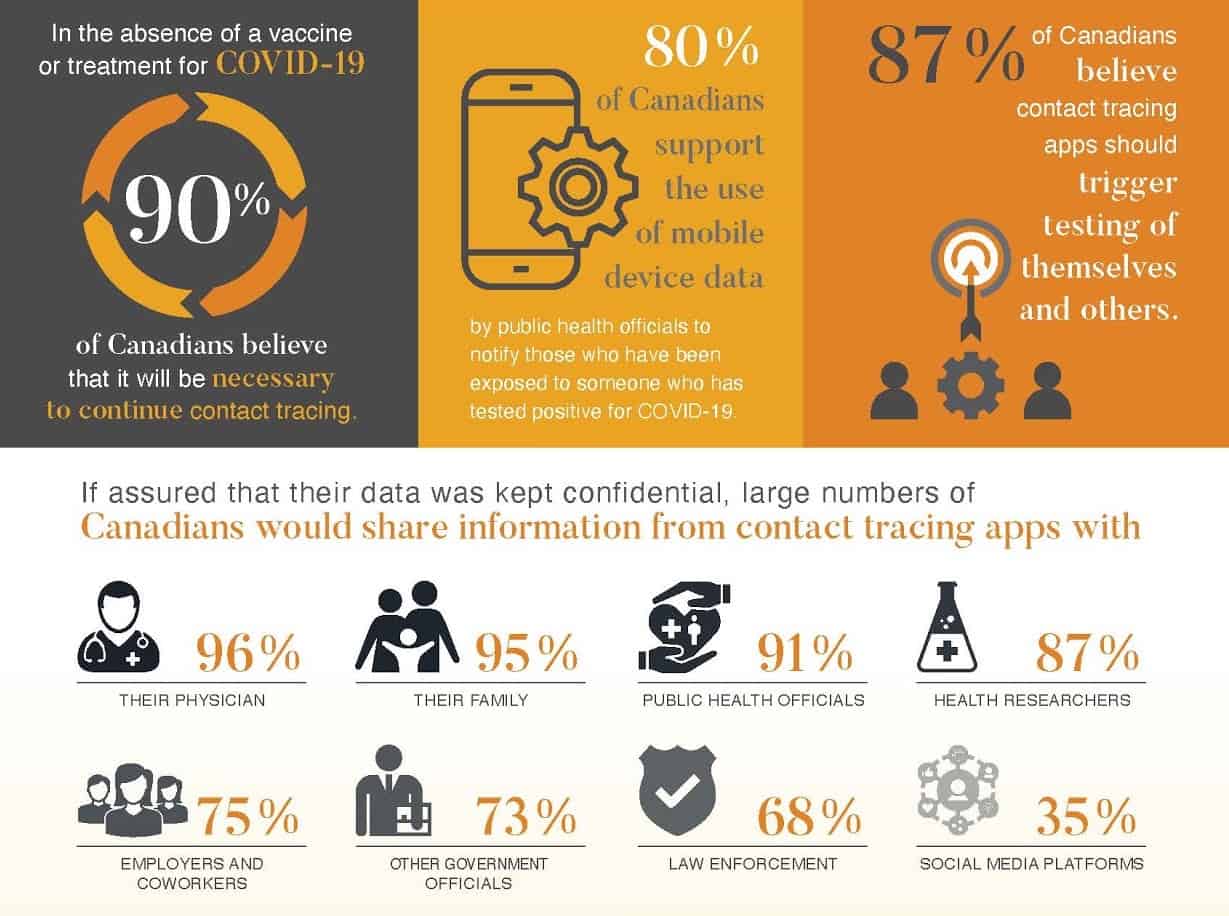
This makes it difficult for such an app, that tracks your whereabouts and contact with others, to gain trust among users.
To best manage this, app owners will need to account for this concern in both the development of the app, and in how they communicate this protection of data to its users. Establishing where the information will go, where it will be stored, how it will be used, and by whom, are all essential in receiving a high adoption rate.
One thing keeping users safe in these situations are regulations like HIPAA (PIPEDA, in Canada). There are regulations specifically for healthtech to protect both app owners and users. HIPAA provides transparency for patients, limits the distribution of their personal information and holds violators accountable.
In India, privacy has also emerged as a concern for the country’s contact tracing app, Aarogya Setu.
According to a New Delhi advocacy group, the app collects Bluetooth and GPS data, which is a lot more protected information than should be required and “is inconsistent with principles of data minimization.” Should the trust or credibility of the app and/or app owner be questioned, this will deter new users from downloading the app.
With how essential adoption is for apps of this nature, it is vital that privacy concerns, and communication of how they’re being addressed, not be overlooked or under-resourced.
Rushing through the development of privacy protocols or failing to properly articulate these safety measures could be the difference between a user downloading the app or seeking an alternative. This would ultimately hinder the success of the app.
Research & Development Is Overlooked
As the old adage goes, the proof is in the pudding.
Research and development is at the heart of any project. There are lots of great ideas floating around out there, but in order for any of them to be a success, they have to work.
Studies and research initiatives, like the ones mentioned throughout this post, have contributed to the accumulation of knowledge and understanding we have, surrounding COVID-19. These findings have greatly complimented the data regarding current mobile mobile usage; however, in a situation where the app’s success relies on a high adoption rate, more needs to be done.
Take a look at what happened in Australia. The Australian government launched their CovidSafe app to trace its residents during the pandemic without performing the required R&D.
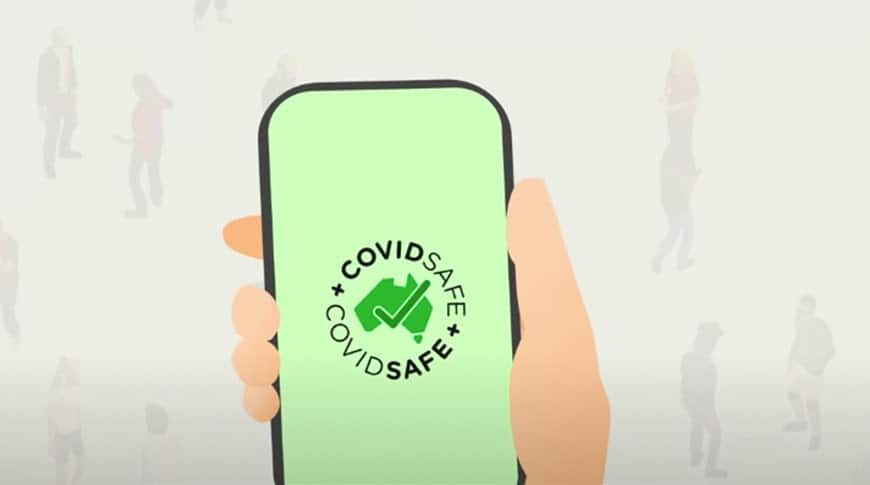
The Android app worked as planned for residents, however, the iOS version ran into some trouble. When users would lock their phone, the app was spotty in relaying and collecting data.
If the standard research and quality testing had been done, this bug could have been caught and fixed before the launch. Users were left frustrated and the app owner had to release an updated version. This overlooked issue added extra work that could have been avoided otherwise.
In addition to this, qualitative evidence in South Korea has shown that if an app is not done right, then this could have a negative effect on citizens by delivering a false sense of security.
App owners need to look at what has been done in other countries and take these examples into account. Looking at the UX design of the app, how to acknowledge the severity of the situation should be considered, while also keeping users feeling secure and informed.
These issues and more are why app developers and owners attribute great amounts of time and resources to R&D.
You can’t build a great building on a weak foundation—that’s why this step is crucial.
Moving Forward
Like a vaccine, app development requires work, testing and research. All of these things take time.
Our strategy involves thorough workshops, research and steps to keep users and owners informed and secure. And client feedback on sites, like Clutch, remind us that our methods work and that every step of our process serves a purpose.
Think you have the next health tech solution? Contact us today to discuss how we can be the right partner for you.
